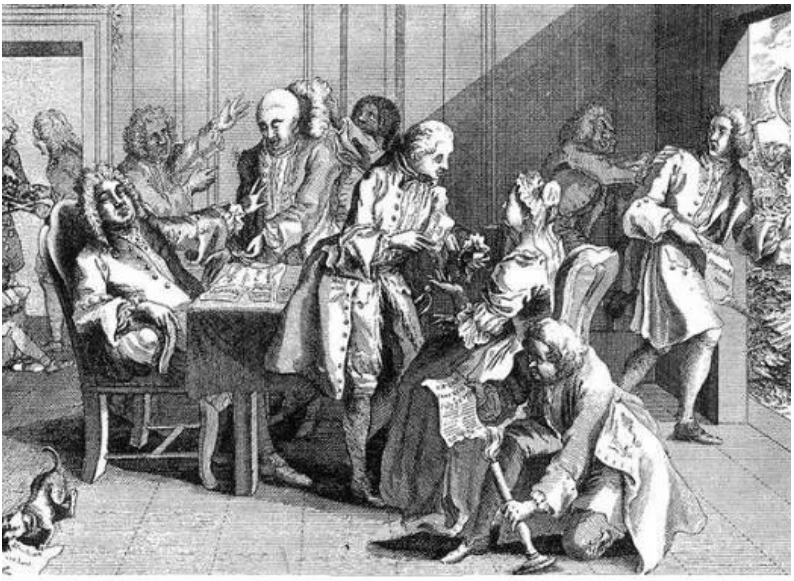The late 17th and early 18th centuries were a time of dramatic change for Britain and its American colonies. From the Glorious Revolution that redefined British monarchy to the founding of Georgia as a haven for debtors, these events laid the groundwork for the cultural and political identity of the United States. Let’s dive into this fascinating chapter of history.

The Glorious Revolution: A Bloodless Coup
In 1688, Britain experienced the Glorious Revolution, a peaceful overthrow of King James II, a Catholic monarch whose policies alienated the Protestant majority. James’s attempts to centralize power and promote Catholicism led to widespread discontent. When his wife gave birth to a son, ensuring a Catholic heir, Parliament acted swiftly. They invited James’s Protestant daughter Mary and her husband, William of Orange (the Dutch stadtholder), to take the throne.
William and Mary’s arrival in England marked the beginning of a constitutional monarchy. The Bill of Rights of 1689 limited royal power, established parliamentary supremacy, and guaranteed individual liberties. This “bloodless revolution” set a precedent for democratic governance and inspired future movements for freedom, including the American Revolution.
Georgia: A Colony of Hope and Disappointment
While Britain was undergoing political transformation, its American colonies continued to grow. In 1732, James Oglethorpe, a British general and social reformer, founded Georgia as a refuge for debtors and a buffer against Spanish Florida. Oglethorpe envisioned Georgia as a utopia: a colony free of slavery, alcohol, and religious persecution. He named it after King George II and established its first settlement, Savannah, with meticulous planning and cooperation from local Native American tribes.
However, Oglethorpe’s idealism clashed with the realities of colonial life. Settlers, eager for profit, demanded the right to own slaves and produce alcohol. Despite Oglethorpe’s efforts to maintain his vision, Georgia eventually succumbed to the economic pressures of the time, adopting slavery and becoming a plantation-based society like its neighbors.
The Thirteen Colonies: A Patchwork of Dreams
By the early 18th century, Britain had established thirteen colonies along the North American coast. These colonies, each with its unique character, formed the foundation of the future United States:
- New England Colonies: Massachusetts, Rhode Island, Connecticut, and New Hampshire—known for their Puritan roots and thriving trade.
- Middle Colonies: New York, New Jersey, Pennsylvania, and Delaware—celebrated for their religious diversity and economic prosperity.
- Southern Colonies: Virginia, Maryland, North Carolina, South Carolina, and Georgia—defined by their plantation economies and reliance on enslaved labor.
Cultural Impact and Modern Connections
The Glorious Revolution and the founding of Georgia highlight the tension between idealism and reality in the shaping of America. The Bill of Rights influenced the U.S. Constitution, embedding principles of liberty and representative government into the American political system. Meanwhile, Georgia’s early struggles with slavery and economic inequality foreshadowed the nation’s ongoing battle for social justice.
Today, the legacy of these events is visible in the democratic institutions and cultural diversity of the United States. The story of the thirteen colonies reminds us that the pursuit of freedom is a complex and often contentious journey—one that continues to shape the American experience. As we reflect on this history, we are reminded that the ideals of liberty and equality, though imperfectly realized, remain the guiding stars of the American experiment.

No comments yet.